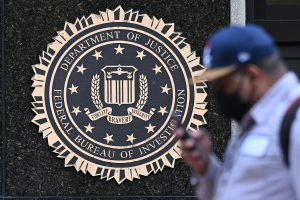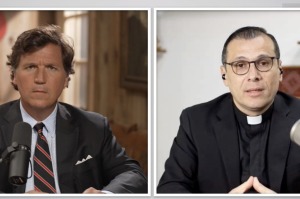Pro-Life Activists Make Third Appearance before U.S. Supreme Court
Following an appeal, federal judges decided that several of the more than 100 acts of violence or threats of violence that pro-life activists had engaged in had not been addressed by the Supreme Court’s 2003 decision.
When the Supreme Court ruled in 2003 that pro-life activists could not be treated as extortionists – after various twists and turns through 17 years of litigation – many believed that the case was over.
However, following an appeal to a lower court in 2004, federal judges decided that several of the more than 100 acts of violence or threats of violence that the protesters had engaged in had not been addressed by the Supreme Court’s decision. That will be one of the main issues being contended as the case goes back to the high court on Wednesday.
Two cases – Scheidler v. National Organization for Women (NOW) and Operation Rescue v. NOW – will be heard jointly on Nov. 30. One of the primary litigants believes the case has gone on too long, having been heard since 1986, and has already been decided.
“Now, it is time to finally bring an end to this marathon litigation,” said Jay Sekulow, chief counsel for the American Center for Law and Justice, who is representing one of the defendants in the case.
“We're hopeful that the high court will conclude that it meant what it said a couple of years ago when it decided this case," he added.
Two previous hearings, in 1994 and 2003 by the Supreme Court reached divergent conclusions. In 1994, the Supreme Court ruled that the abortion protesters could be tried under laws meant for organized crime.
The events of the cases took place before congress passed Freedom of Access to Clinic Entrances Act in 1994, which prohibits using any force, threat of force or "physical obstruction" to prevent anyone from entering "reproductive health services" clinics.
In 1986, lawsuits were filed against pro-life protesters under RICO, or the Racketeer Influenced and Corrupt Organizations Act. In 1994 the Supreme Court said that the RICO laws could be used against the protesters. But the Court reversed itself in 2003 stating that because the protesters had not taken the property of the abortion clinics, the acts could not be considered extortion.
"It is undisputed that petitioners interfered with, disrupted, and in some instances completely deprived respondents of their ability to exercise their property rights," wrote late Chief Justice William Rehnquist in the court’s 2003 majority opinion that said the RICO laws did not apply. "But even when their acts of interference and disruption achieved their ultimate goal of shutting down an abortion clinic, such acts did not constitute extortion."
NOW, however, says that four of 121 acts or threats of violence were not addressed in the 2003 injunction that the Court lifted from Pro-Life Action Network (PLAN).
NOW petitioned the Supreme Court to determine if the four remaining acts can fall under the Hobbs Act, which prohibits robbery, extortion, and violence and threats of violence that are part of a plan to obstruct interstate commerce. NOW argues that they should, while those defending the pro-life activists say that none of the actions fall under Hobbs Act.
NOW seeks relief for its clients, two abortion clinics, in the form of an injunction against PLAN. Opponents will argue that injunctions are not available to private parties under the RICO laws.



























